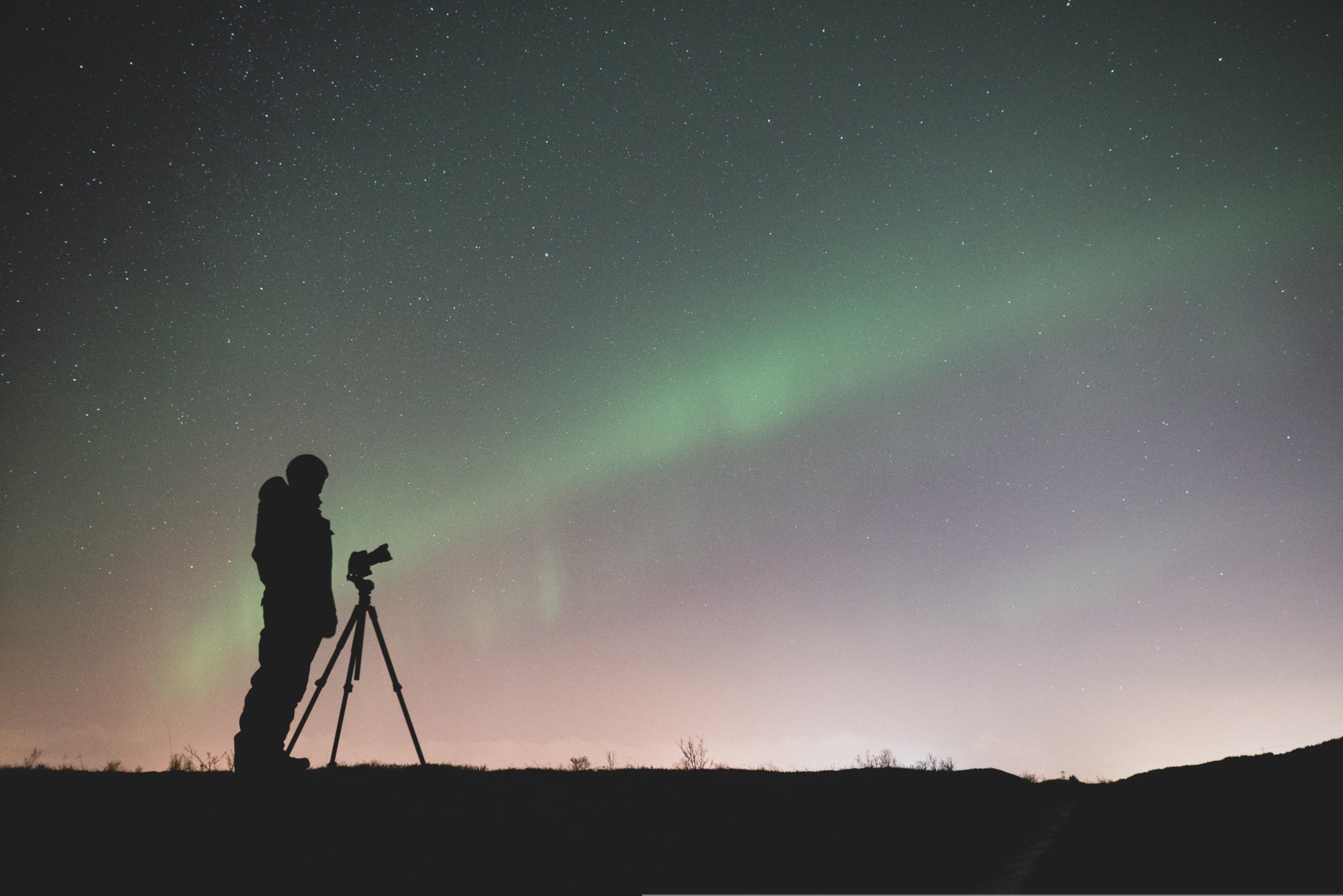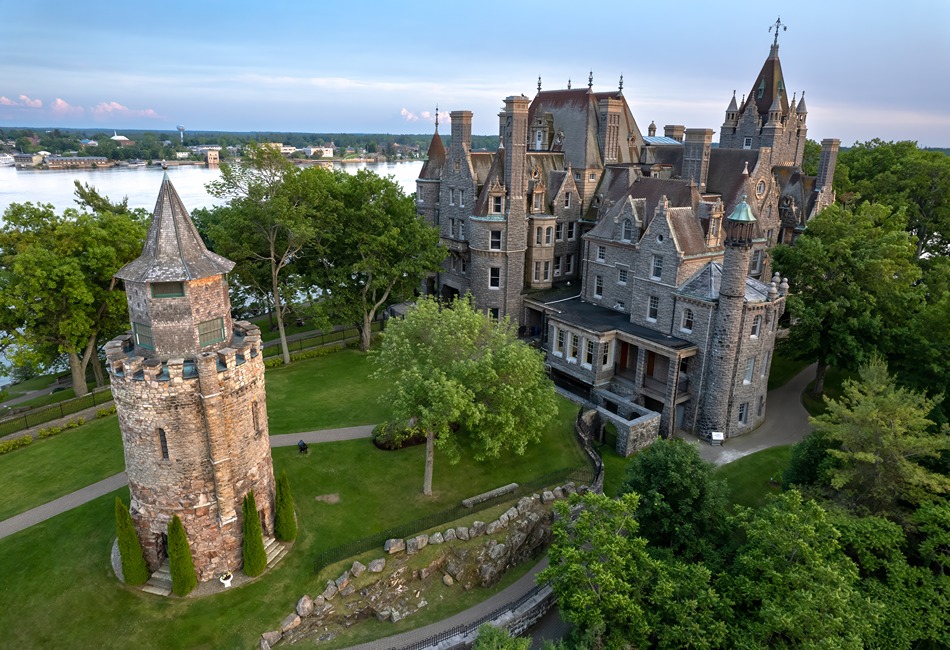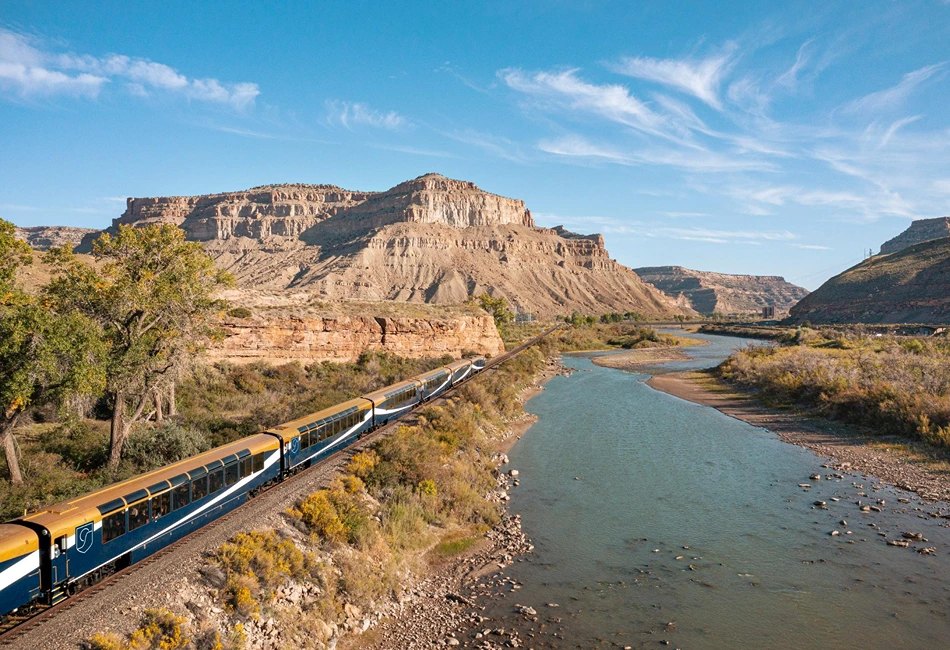From a national observatory to a desert oasis, here are top places to stargaze at these supreme destinations in the West
Stargazing is a timeless experience. There is no feeling like standing outside on a crisp night, tilting your head back, and seeing the universe twinkling above. While light pollution makes it impossible for many to see more than a few stray stars when they gaze into the night sky, there are luckily still a few places left where stars are bright and abundant. Below are five of the West’s top stargazing destinations.
For more great travel stories, Read the Full Leisure Group Travel Magazine and Subscribe to the Newsletter for FREE
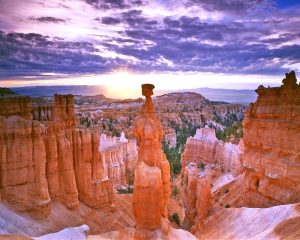
Stargazing in Bryce Canyon, Utah
Bryce Canyon’s clean air and high elevation make the national park one of the best stargazing spots in the country. On a night with clear weather, thousands of stars can be seen, and the Milky Way stretches across the sky like a dark, glittering rainbow. The park hosts several tours and activities to educate visitors about the night sky and show them the best star-viewing spots. One of the park’s most popular events is its annual astronomy festival. All four days of the festival are filled with stargazing, astrophotography workshops, and presentations on the legends of constellations and the search for extraterrestrial life. Bryce Canyon also offers night sky telescope programs throughout the summer where visitors can experience the stars through telescopes and learn about the scientific and cultural history of the park. Full moon hikes are also popular, providing a unique view of the moonlight-transformed park.
Kitt Peak National Observatory in Arizona for Stargazing
Established in 1958, Kitt Peak is the largest solar observatory in the world and houses the world’s largest collection of optical telescopes. During the day, the observatory is open for tours, and during the night, it’s open for its famous night observing programs which are only offered during the darkest days of the month during new moons. The programs range from basic star observing to working with an astronomer to photograph celestial objects. The Advanced Night Observing Program is also very popular and perfect for people eager to learn more about the night sky. The program includes dinner, a talk with an astronomer, sunset viewing, and several hours in the observatory to see planets, stars, nebulae, and galaxies.
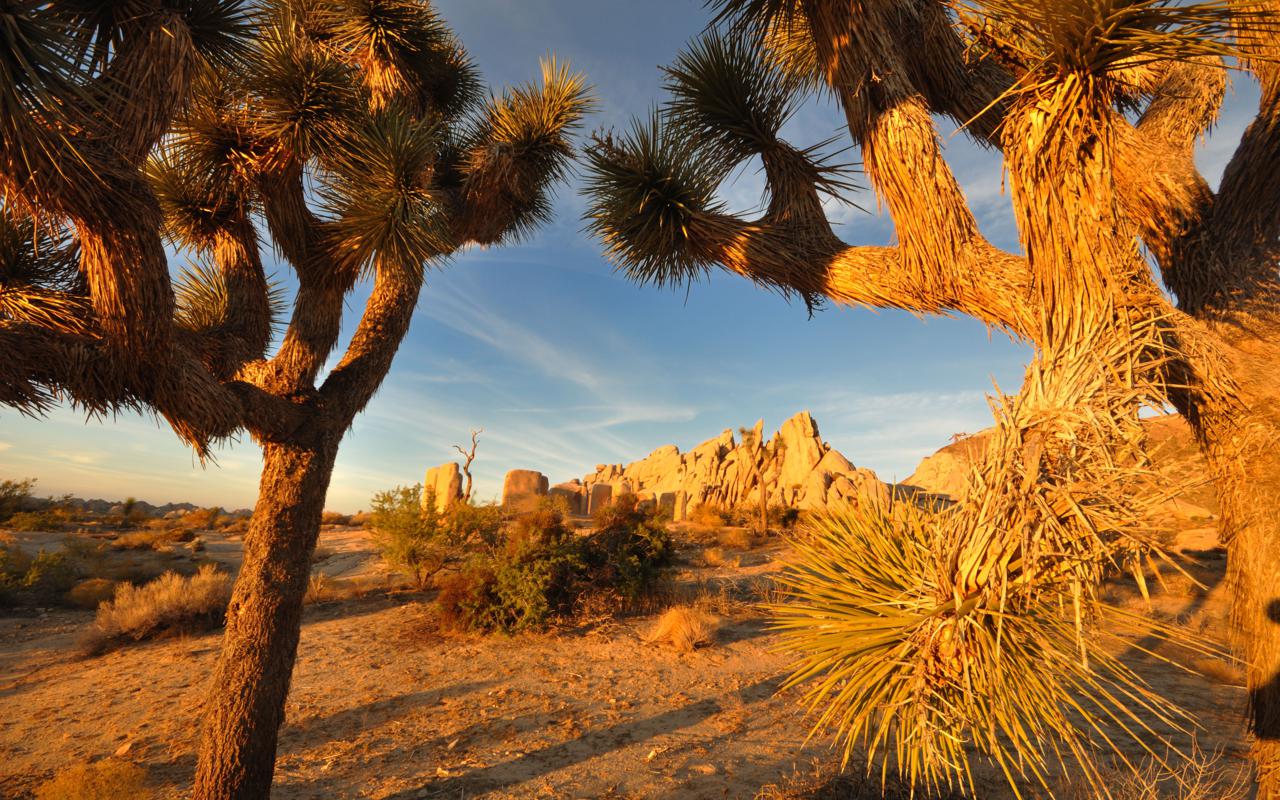
Joshua Tree, California for Stargazing
Joshua Tree is the eighth largest national park in the contiguous United States, and its desert location makes it an ideal spot to stargaze since the low humidity keeps cloud cover minimal. The park offers a 360-degree view of the night sky obstructed only by the quirky Joshua trees that reach up from the desert ground like fingers. The park has designated stargazing spots in the parking lots of Quail Springs, Hidden Valley, Cap Rock, and Ryan Mountain, and the Pinto Basin Road between Cholla Cactus Garden and Cotton Wood is known for having the least traffic and darkest skies. It is recommended that visitors use red lights (to help the eyes adjust to darkness), pack food and water, bring a chair, and avoid the full moon for the best stargazing experience. The park also urges visitors to be aware of cacti as they are difficult to see in the dark.
For more great travel stories, Read the Full Leisure Group Travel Magazine and Subscribe to the Newsletter for FREE
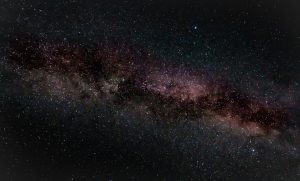
Stargazing at Chaco Culture, New Mexico
Chaco Culture National Historical Park has offered astronomy programs since 1991, emphasizing the night sky through the lens of the Chacoan people who lived in the area a thousand years ago. The park is in an ideal stargazing location far from urban light pollution and boasts dark, clear skies. In 2013, Chaco Culture was recognized as an International Dark Sky Park, the fourth U.S. National Park and twelfth location in the world to receive this certification. In fact, 99% of the park contains no permanent lighting, and the visitor’s center houses its own observatory. In the evening from May to October, the park hosts night sky programs, which begin with presentations on archeoastronomy and cultural history and end with telescope views of celestial objects. Also, special sky watching events are held during the spring and autumn equinoxes and summer and winter solstices.
Stargazing in Death Valley, California
Death Valley’s remote location allows visitors to observe many celestial objects that can’t be seen anywhere else in the world. The whole park is filled with amazing stargazing sites, but the top recommendations are Mesquite Flat Sand Dunes, Harmony Borax Works, Bad Water Basin and Ubehebe Crater. Some ranger tips for the best night sky experience are to visit during the new moon when the most stars are visible; familiarize yourself with a night sky almanac beforehand so you know what to look for and where; stay out for at least thirty minutes to allow your eyes to adjust; bring binoculars and choose a spot with a good view of the horizon. Death Valley’s dark sky festival is one of the park’s most popular events, spanning across several days featuring ranger programs, guest speakers from NASA, and fun, hands-on activities. Full moon hiking is common year-round and popular with visitors interested in observing and listening to desert night wildlife.
For more great travel stories, Read the Full Leisure Group Travel Magazine and Subscribe to the Newsletter for FREE


